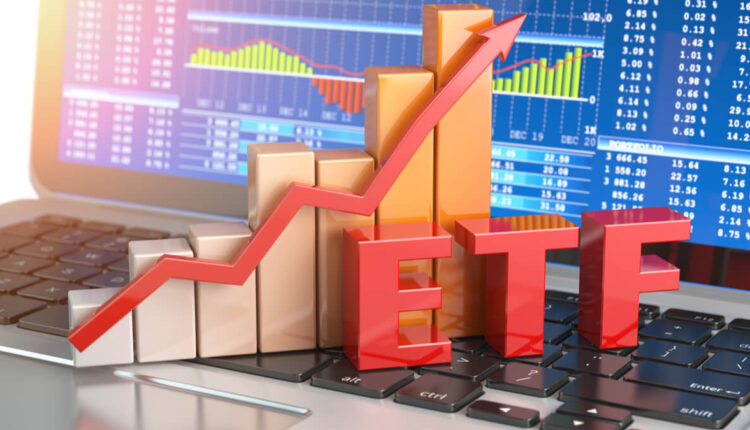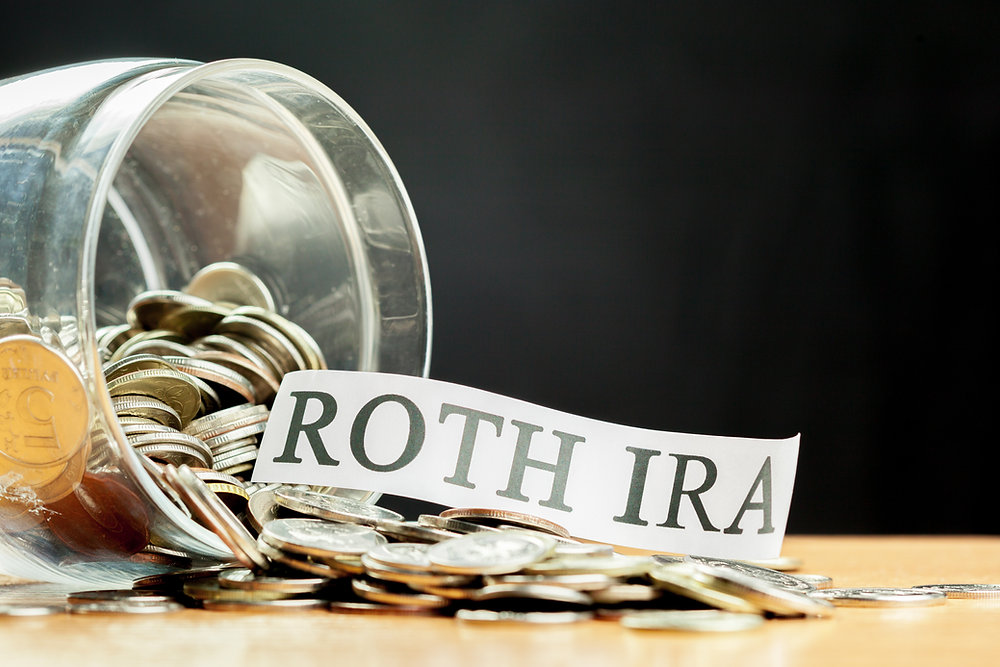When investing in dividend-paying ETFs, one of the common questions investors face is whether they should time their purchases or sales around dividend dates to optimize returns and minimize taxes. The idea might seem simple: buy before the ex-dividend date to capture the dividend or sell before it to avoid taxable income. However, the reality is more nuanced, and the data shows that dividends are generally priced into ETFs before they are paid out. This blog post will delve into why this is the case, how it impacts your investment strategy, and the implications for tax efficiency.
Understanding Dividends in ETFs: The Basics
Dividends are periodic payments made by a company or ETF to its shareholders, usually derived from the profits or interest income generated by the underlying assets. In the context of ETFs, dividends are typically distributed monthly, quarterly, or annually, depending on the fund’s policy. When an ETF declares a dividend, it announces a few key dates:
- Declaration Date: The date on which the dividend is announced.
- Ex-Dividend Date: The most crucial date for investors. If you own the ETF before this date, you will receive the dividend, even if you sell the ETF afterward.
- Record Date: The date the company checks its records to determine who is eligible for the dividend.
- Payment Date: When the dividend is actually paid out.
Are Dividends Priced Into ETFs?
One of the most critical aspects of understanding dividends in ETFs is recognizing that the market is efficient and forward-looking. This means that when an ETF is about to pay a dividend, the expected payout is already reflected in its price.
Empirical Evidence:
- Price Adjustment on Ex-Dividend Date: Research consistently shows that the price of an ETF typically drops by the amount of the dividend on the ex-dividend date. A seminal study by Elton and Gruber in the 1970s found that stock prices drop by around 80-100% of the dividend amount on the ex-dividend date. This phenomenon applies to ETFs as well. This price drop is because the dividend value is no longer part of the ETF’s assets, so the market adjusts accordingly.
- ETF-Specific Studies: A study published in The Review of Financial Studies specifically analyzed ETFs and confirmed that prices tend to drop by the amount of the dividend on the ex-dividend date, reflecting the fact that dividends are indeed priced in.
This price adjustment means that any strategy attempting to avoid or capture dividends by buying or selling around the ex-dividend date is unlikely to yield significant benefits.
The Tax Implications: Why Timing May Not Matter
For taxable accounts, dividends can be a double-edged sword. While they provide a steady income stream, they also trigger tax liabilities. However, trying to avoid these taxes by timing your ETF transactions around dividend dates might not be as effective as you think.
- Capital Gains vs. Dividends: When you sell an ETF before the ex-dividend date to avoid a dividend payout, you might avoid the immediate tax on the dividend, but you’ll realize a capital gain or loss on the sale. Since the ETF’s price includes the expected dividend, the gain (or loss) will be adjusted accordingly. Whether you pay taxes on the dividend or on the capital gain, the tax liability is still present.
- Qualified Dividends: For U.S. investors, most ETF dividends are considered “qualified dividends,” which are taxed at a lower rate than ordinary income. If you’re in a lower tax bracket, the tax on dividends might be less burdensome than expected. However, high-income investors might still prefer to minimize dividends in taxable accounts, favoring tax-efficient funds that focus on capital appreciation rather than income.
- Tax-Advantaged Accounts: For those concerned about dividend taxes, holding dividend-paying ETFs in tax-advantaged accounts like IRAs or 401(k)s can be a more effective strategy. In these accounts, dividends are not taxed when paid, allowing the investment to compound tax-free until withdrawal.
Why Market Timing Around Dividends Often Fails
Given that dividends are priced into ETFs, attempting to time your transactions around dividend dates is generally not recommended. Here’s why:
- Transaction Costs: Frequent buying and selling to avoid or capture dividends can lead to increased transaction costs, such as spreads, commissions, and potential short-term capital gains taxes.
- Market Timing Risks: By selling before the ex-dividend date and buying back afterward, you expose yourself to market fluctuations. If the ETF’s price rises significantly during that period, the potential gain you missed out on could outweigh any tax savings.
- Wash Sale Rules: If you sell an ETF to capture a loss and then repurchase it shortly afterward, you could run afoul of the wash sale rules, which disallow the loss deduction if you buy back substantially identical securities within 30 days.
Focus on Long-Term Strategy Over Dividend Timing
Given the data and the inherent inefficiencies in trying to time the market around dividends, the best approach is to focus on your long-term investment strategy. Whether you’re investing in a high-yield bond ETF like HYG or a diversified equity ETF, the key is to align your investments with your financial goals and risk tolerance.
- Total Return Approach: Instead of focusing on whether you should avoid or capture dividends, consider the total return of your investments, which includes both capital appreciation and income. Over time, this approach is likely to yield better results than attempting to time your trades around dividend payments.
- Tax-Efficient Investing: If tax efficiency is a priority, consider using tax-advantaged accounts for dividend-paying investments or choosing ETFs with a focus on capital growth rather than income. Additionally, strategies like tax-loss harvesting can help offset gains and reduce your overall tax liability.
Conclusion: Sell When It’s Right for You, Not the Dividend
In conclusion, the data supports the view that dividends are priced into ETFs, meaning that the timing of your buy or sell transactions around ex-dividend dates will not significantly impact your overall returns. Instead of trying to game the system, focus on a long-term, tax-efficient investment strategy that aligns with your financial goals. Whether you’re investing in VWOB, HYG, or any other dividend-paying ETF, sell when it makes sense for your portfolio—not because you’re trying to avoid or capture a dividend.
By understanding the nuances of how dividends are priced into ETFs and the tax implications of your investment decisions, you can make more informed choices that ultimately lead to better financial outcomes.




